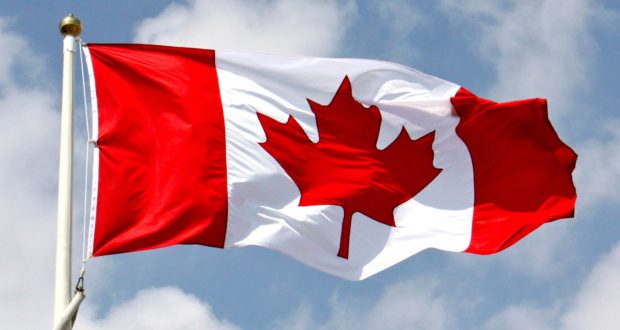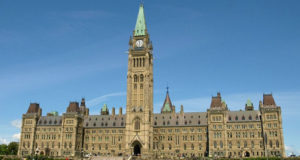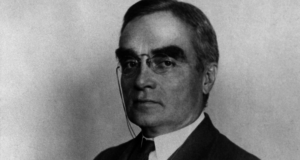The Government of Canada has spent a considerable sum to promote “Canada 150” over the last few months, but it has done next to nothing to explain to Canadians what exactly it is we are celebrating.
July 1 marks the date that the British North America Act, 1867 came into force. The B.N.A. Act, as it was commonly known, endowed Canada with its own Constitution, one that was “similar in principle” to the United Kingdom, but also uniquely Canadian. The B.N.A. Act brought the provinces of Ontario, Quebec, Nova Scotia and New Brunswick into a union and established a mechanism for the admission of other provinces.
Canada’s Fathers of Confederation admired the great American experiment in republican governance, but they also wanted to avoid what they saw in the United States as an excess of populist democracy at the expense of traditional British liberty. The B.N.A. Act thus borrowed certain aspects of the American system while remaining firmly British in character. The fact that the Constitution was written down was itself an Americanism, but the Act did not address every aspect of political organization and thus left a space for unwritten conventions to flourish as they had in Great Britain. The Act separated executive, legislative and judicial power, but it did so in the traditional Westminster fashion, opting for responsible government rather than rigid checks and balances. The new Canadian Parliament included an appointed Senate, but the Act mandated that all money bills originate in the House of Commons, and it established a relatively low threshold for becoming a senator.
By far, the most “American” aspect of the B.N.A. Act was its establishment of a federal union of divided legislative powers, rather than a “legislative union” or unitary state in the fashion of the United Kingdom. But unlike the American Constitution, which had enumerated only the federal powers and left the states with all residual authority, the B.N.A. Act enumerated federal and provincial powers based on a model of coordinate sovereignty. The provinces were provided with generous powers – including the exclusive power to regulate property and civil rights – but were precluded from enacting law in relation to certain subjects – most notably criminal law – and were thus limited in the extent to which they could oppress minority populations. The provinces could not have introduced slavery even if they had been so inclined, and similarly would have been constitutionally incapable of enacting the segregation and anti-miscegenation laws that characterized many U.S. states until the mid-20th century.
The result was a Constitution that was truly “British” and “North American.” The new Canadian state fostered the American ideals of egalitarian democracy, while retaining British traditions and institutions that had proven themselves over time – the true embodiment of “ordered liberty.”
And it worked. Canada may be one of the youngest nations in the world, but it is one of the oldest constitutional states. While much of the rest of the world has been mired in civil wars, revolutions and other disruptions to constitutional government, Canada has remained remarkably stable, prosperous and free over the last century and a half. There are many reasons for this – and we should certainly not downplay our generous landmass, proximity to the friendly and powerful United States, or relative isolation from conflict zones – but much of this good fortune lies in our fidelity to the principles underlying the B.N.A. Act.
The B.N.A. Act was renamed the Constitution Act, 1867 in 1982, at the same time we became fully independent from the United Kingdom. Together with the Constitution Act, 1982 (which includes the Charter), the Constitution Act, 1867 remains Canada’s most significant constitutional document. Yet, many remain largely unaware of its importance. This is perhaps because the Act does not put forth grand pronouncements about liberty, equality and fundamental justice, as does the Charter. By and large, it is a technical legal document. But I suspect that its dry and legalistic prose is the very reason it has endured for 150 years. The structures it established are not romantic, but they have provided a solid foundation for everything that has come since, including the constitutional bill of rights. Without the Charter, Canada would exist as it did before 1982. Without the Constitution Act, 1867, Canada would not exist at all.
As we begin the next 150 years, let us certainly look back upon our mistakes and learn from them, but let us also continue to celebrate all we have achieved. And on Canada Day, let us commemorate not the birth of a nation, but the birth of a Constitution that has kept the ship of state on a steady heading of true north for a century and a half.
 Advocates for the Rule of Law
Advocates for the Rule of Law



